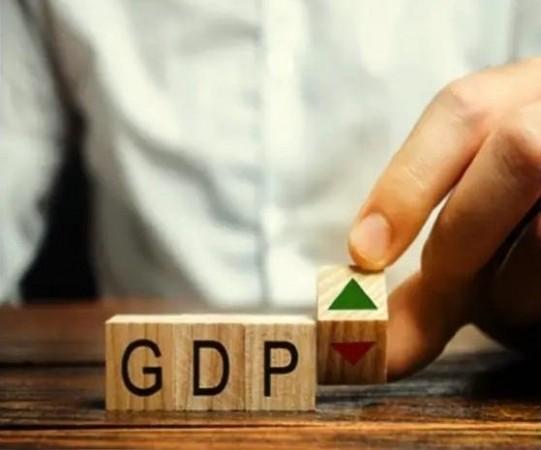
India's economy saw an 8.2% year-on-year growth in July-September, a significant jump from the 7.8% reported in the previous quarter. This growth was primarily driven by robust consumer spending and a thriving manufacturing sector, all while global trade uncertainties loomed overhead.
Economists surveyed by Reuters had predicted a 7.3% expansion for the quarter ending in September. This period coincided with the U.S. imposing an additional 25% punitive tariff on Indian exports, effectively increasing the total levy to 50%. Despite these challenges, private consumer spending, representing approximately 57% of India's GDP, surged by 7.9% year-on-year during July-September, compared to a 7.0% increase in the previous quarter.
To combat dampened external demand and offset the impact of U.S. tariffs linked to Russian oil purchases, India rolled out tax reductions on mass consumption goods starting at the end of September. Consequently, manufacturing output spiked by 9.1% in the quarter ending September, marking a significant uptick from the 7.7% growth in the previous quarter. Similarly, the construction sector expanded by 7.2% year-on-year, slightly lower than the 7.6% growth seen a quarter ago.

In contrast, government spending tapered off, witnessing a 2.7% decline year-on-year in the three months through September, in stark contrast to the 7.4% growth observed in the previous quarter as per Friday's released data. The administration remains optimistic, anticipating sustained growth throughout the remaining months of 2025/26, bolstered by strong demand, steady public spending, and decreasing inflationary pressures.
Further aiding India's economic landscape, retail inflation plummeted to an all-time low of 0.25% in October. This development has raised expectations for a potential rate cut by the Reserve Bank of India during its upcoming review in December. This, combined with the positive trajectory witnessed in consumer spending and manufacturing, paints a hopeful picture for India's economic growth as it navigates the uncertainties of global trade dynamics.
















